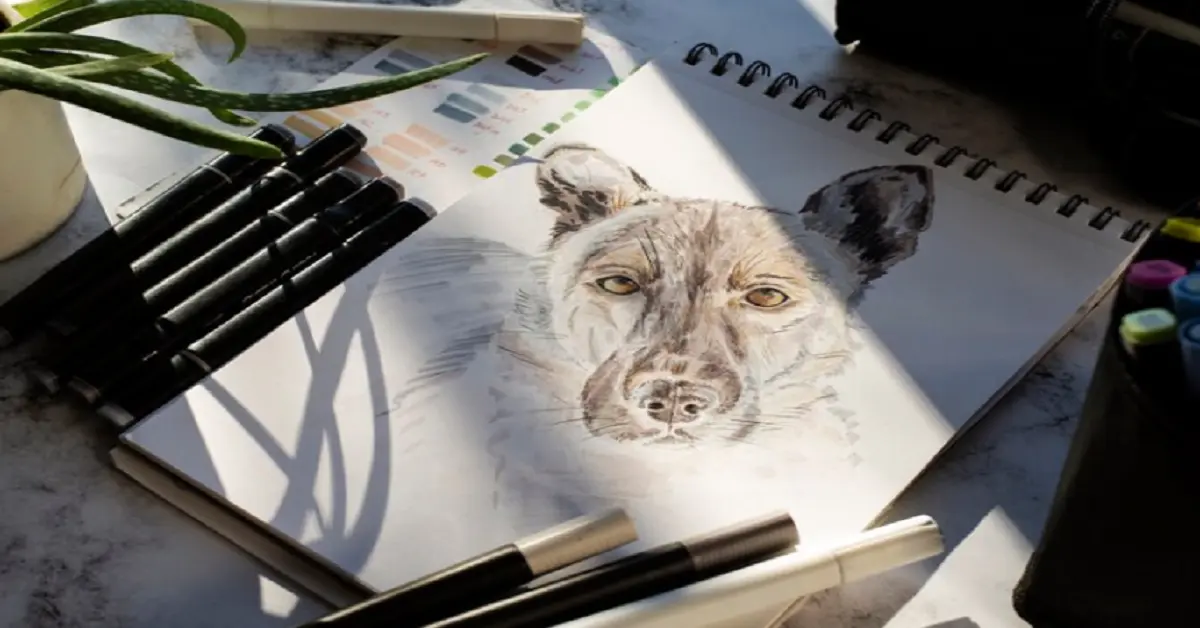Introduction to Pencil Drawings
What is Pencil Drawing?
pencil:f9kdhkibbmm= drawings .Pencil drawing refers to the practice of creating images or illustrations using graphite or colored pencils. The pencil offers artists precise control over their lines, enabling them to create everything from soft sketches to hyper-realistic portraits. Pencil drawings can be done in black and white or in color, depending on the medium used.
The History of Pencil Art
The history of pencil art dates back to the Renaissance era when artists used silverpoint—a precursor to the modern pencil—to draw on paper. Over the centuries, pencil art has evolved, but the basic principles of using simple tools to create powerful images have remained constant.
Why Pencil Drawings are Timeless
Pencil drawings stand the test of time because they embody the raw fundamentals of art. The subtle beauty of shading, the elegance of simple lines, and the intimate process of drawing by hand give pencil art a unique charm. Its accessibility makes it a go-to medium for artists at all skill levels.
Tools Needed for Pencil Drawings
Types of Pencils for Drawing
There are various types of pencils used in drawing, including graphite, charcoal, and colored pencils. Graphite pencils come in a range of hardness from H (hard) to B (soft), with softer pencils like 6B being ideal for shading, while harder pencils like 2H are better for fine lines. pencil:f9kdhkibbmm= drawings
Paper Types for Pencil Drawings
Choosing the right paper is crucial for a pencil artist. Heavier paper with texture, known as tooth, is ideal for capturing the layers of graphite. Smooth papers work best for detailed, fine lines, while textured papers are great for adding depth and dimension to your drawings.
Erasers, Blending Tools, and Other Essentials
Erasers are essential not just for correcting mistakes but also for creating highlights in your work. Blending tools like blending stumps or tissue paper help soften edges and create smooth transitions between light and shadow. Other tools like rulers, sharpeners, and kneaded erasers can refine your drawing techniques.
Basic Techniques of Pencil Drawing
Shading Techniques
Shading is the key to adding dimension and depth to your pencil drawings. By varying the pressure and layering graphite, you can create light, medium, and dark tones to give your drawing a sense of three-dimensionality.
Cross-Hatching and Blending
Cross-hatching is a technique where intersecting lines are used to build up tone and texture. Blending involves using a tool to smooth out harsh lines, creating gradients that add a more realistic touch.
Sketching vs. Detailed Drawings
While sketching is often fast and loose, detailed pencil drawings require more precision. Sketching is great for practice and developing your observational skills, while detailed work allows for mastery over line quality and texture.
The Role of Light and Shadow in Pencil Drawings
How to Create Depth Using Light and Shadow
Light and shadow can dramatically transform a flat drawing into something that feels alive. By understanding how light interacts with objects, you can create depth. The darker areas (shadows) contrast with the lighter areas (highlights), giving your drawing a sense of realism.
Common Mistakes in Light and Shadow Application
A common mistake is using too much contrast too early or not blending enough. Practice observing the subtle transitions between light and dark in real life to improve your shading techniques.
Advanced Pencil Drawing Techniques
Layering and Texture Creation
To achieve a richer drawing, layering different grades of graphite can create texture and depth. This is particularly useful in hyperrealism, where the goal is to replicate an image as closely as possible. pencil:f9kdhkibbmm= drawings
Hyperrealism in Pencil Art
Hyperrealism is an advanced style of pencil drawing that focuses on extreme detail to make the artwork look like a photograph. Achieving this level of precision requires a deep understanding of anatomy, light, and texture.
Drawing Inspiration: Subject Matters in Pencil Art
Portraits
Drawing portraits is one of the most popular subjects in pencil art. Capturing human expression and emotion through pencil lines is challenging but highly rewarding.
Landscapes
Landscapes offer the opportunity to explore perspective, composition, and light. Drawing natural elements like trees, mountains, and water allows for the practice of a variety of techniques.
Still Life
Still life drawing lets artists focus on texture and detail, making it an excellent subject for improving shading and linework.
Improving Your Pencil Drawing Skills
Practice Exercises for Beginners
Start with simple shapes and practice shading them from different light sources. As you gain confidence, move on to more complex objects or scenes.
How to Analyze and Critique Your Own Work
Take the time to step back and look at your drawing from a distance. Does the composition work? Are the proportions correct? Learning to critique your own work is crucial for growth as an artist.
The Benefits of Pencil Drawing for Mental Health
Stress Relief and Mindfulness
Drawing is a mindful activity that can reduce stress and anxiety. The focused attention required helps you stay present, making it a meditative practice.
Creativity and Self-Expression
Pencil drawing offers a safe space for self-expression. Whether you’re creating abstract art or realistic portraits, drawing allows you to communicate emotions and ideas in a visual form.
Conclusion
pencil:f9kdhkibbmm= drawings .Pencil drawing is a skill that can be both challenging and deeply fulfilling. With the right tools, techniques, and practice, anyone can learn to create stunning pencil art. From the basic methods of shading to the advanced techniques of hyperrealism, the possibilities are endless.
